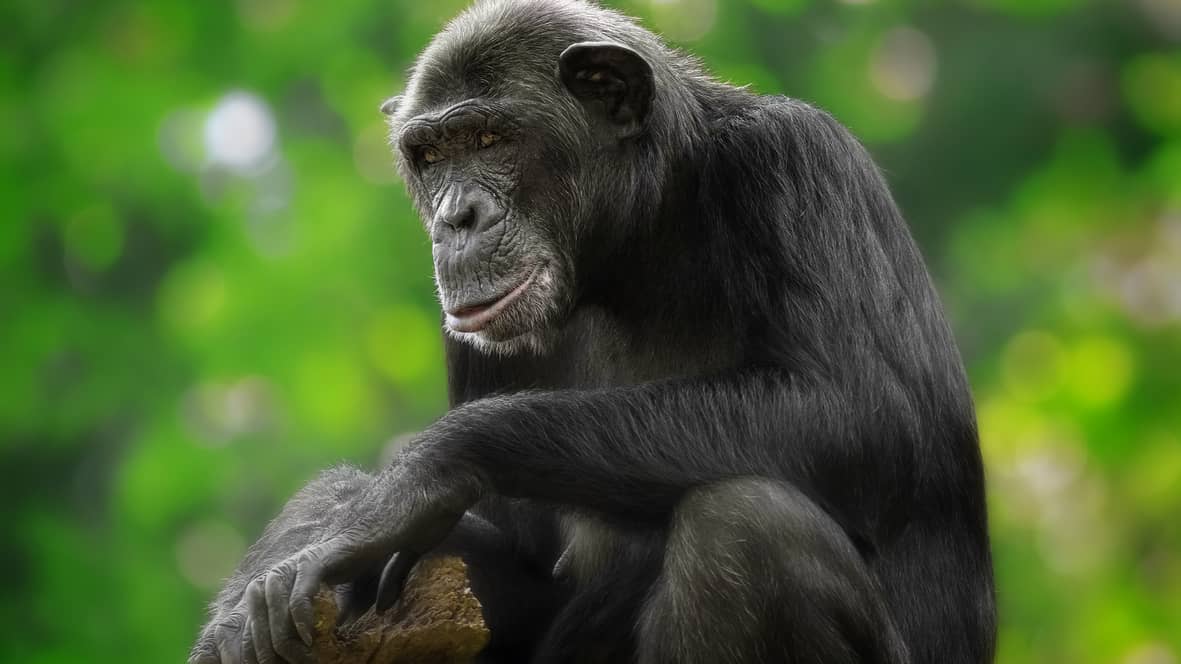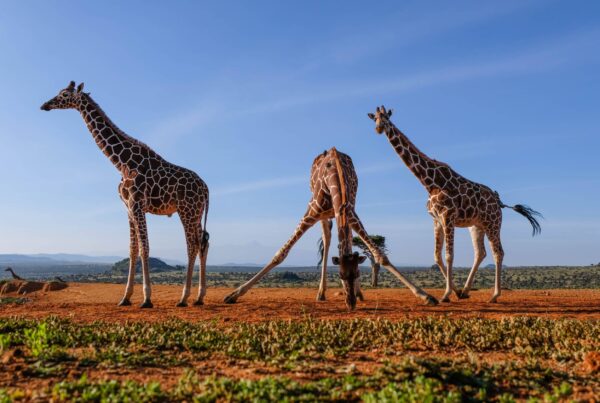Kibale National Park Safari Itineraries
Exploring Uganda’s Primate and Wildlife Haven
In the verdant highlands of western Uganda lies Kibale National Park, a sanctuary renowned for its rich biodiversity, tropical rainforest, and primate populations. Often celebrated as the primate capital of the world, Kibale offers visitors an extraordinary array of experiences ranging from chimpanzee trekking and birdwatching to forest walks and cultural encounters with local communities. The park’s unique ecological composition, including swamp forests, riparian zones, and rolling hills, ensures that every safari is dynamic, immersive, and educational.
A safari itinerary in Kibale is not merely a sequence of activities; it is a meticulously orchestrated journey that balances adventure, ecological insight, and conservation awareness. Optimal itineraries take into account seasonal factors, wildlife activity patterns, logistical accessibility, and visitor interests, allowing for a seamless experience that maximizes observation opportunities and ensures ethical engagement with the forest and its inhabitants.
This guide presents a comprehensive exploration of Kibale National Park safari itineraries, outlining day-to-day possibilities, activity sequences, and complementary experiences. By understanding these elements, travelers can plan visits that provide both unforgettable wildlife encounters and a profound appreciation of Uganda’s ecological and cultural richness.
The Foundation of a Kibale Safari
Ecological Overview
Kibale National Park encompasses approximately 795 square kilometers of tropical rainforest, interspersed with swamp forests, grasslands, and rivers. These diverse habitats support over 13 species of primates, more than 370 recorded bird species, and a host of small mammals, reptiles, and amphibians. The forest canopy offers a complex vertical habitat for chimpanzees, colobus monkeys, and other arboreal species, while the understory and riverine zones provide critical resources for birds, amphibians, and insects.
The park’s location within the Albertine Rift, a recognized biodiversity hotspot, enhances its global conservation significance. Safari itineraries are designed to highlight the interplay between habitat diversity and wildlife presence, ensuring that visitors experience both the ecological context and the behaviors of resident species.
Visitor Considerations
Successful safari itineraries in Kibale are informed by visitor priorities, physical preparedness, and time availability. Chimpanzee trekking is typically scheduled in the early morning when primates are most active, while forest walks, birdwatching excursions, and cultural interactions may be conducted later in the day. Accommodation proximity, seasonal weather, and accessibility from Fort Portal influence itinerary design, balancing convenience with immersive experiences.
Permits for chimpanzee trekking and other guided activities are obtained through the Uganda Wildlife Authority, ensuring regulated access and minimal disturbance to wildlife. Ethical engagement is emphasized throughout all itineraries, with protocols in place for safe observation and conservation support.
Sample Safari Itineraries
Three-Day Safari Itinerary
A three-day safari in Kibale is typically structured to balance chimpanzee trekking, primate observation, and forest exploration. On the first day, visitors are received in Fort Portal, oriented to park protocols, and introduced to guides and rangers. Accommodation is arranged near the park headquarters to facilitate early morning excursions. The afternoon may include a guided nature walk or birdwatching in the forest periphery, allowing travelers to familiarize themselves with the environment and local species.
The second day is devoted to chimpanzee trekking. Departures occur early, with rangers leading groups along established trails to locate habituated chimpanzee communities. Observations focus on feeding behaviors, social interactions, vocalizations, and nest-building activities. Trekking duration varies from 2 to 6 hours depending on chimpanzee movements and trail conditions. Photographic opportunities and interpretive commentary enhance the educational value of the experience.
The final day can incorporate secondary forest trails, birdwatching, and optional cultural visits to nearby Batwa or Bakiga communities. Visitors observe endemic and migratory bird species, explore riparian zones, and gain insights into traditional forest knowledge. The itinerary concludes with transfer to Fort Portal for departure, providing a comprehensive introduction to Kibale’s biodiversity and cultural landscape.
Five-Day Safari Itinerary
A five-day safari allows for deeper immersion and a more diverse range of activities. The first day involves arrival, orientation, and light forest exploration, setting the stage for intensive trekking and observation. The second and third days are dedicated to chimpanzee habituation or trekking experiences, allowing visitors to engage with primates at varying degrees of proximity while learning about their social structures, feeding ecology, and behavior.
Days four and five expand the scope to birdwatching, nature walks, and cultural engagement. Early morning excursions focus on detecting canopy-dwelling species, listening for distinctive calls, and recording observations in collaboration with guides. Swamp forests and riverine zones are explored for water-associated species and amphibians, highlighting ecological variation. Cultural interactions with local communities provide perspectives on human-forest relationships, conservation initiatives, and traditional forest resource management. Extended itineraries afford flexibility for photography, relaxation, and educational sessions with park rangers or researchers.
Week-Long Immersive Safari
A week-long safari is recommended for travelers seeking in-depth exploration and comprehensive exposure to Kibale’s wildlife and cultural heritage. The itinerary can be structured to alternate between chimpanzee trekking, birdwatching, and primate monitoring, allowing for repeated encounters with habituated communities and observation of behavioral variations over multiple days.
Supplementary activities include guided hikes to crater lakes, swamp forest exploration, and visits to community conservation projects, providing both ecological and social perspectives. Long itineraries enable travelers to experience seasonal shifts in wildlife activity, adjust trekking routes according to chimpanzee movements, and observe interactions among multiple primate species. Extended stays foster a profound understanding of ecological interdependence and conservation dynamics in the Albertine Rift.
Seasonal Considerations for Safari Planning
Wet Seasons
During the wet seasons from March to May and September to November, forest vegetation is dense, rivers swell, and trails can be slippery. These conditions demand careful preparation but offer advantages such as increased wildlife activity, lush scenery, and reduced visitor density. Chimpanzees may be more dispersed during peak fruiting periods, providing opportunities to observe varied feeding behaviors and social interactions across multiple groups.
Wet season itineraries are often slower-paced, emphasizing observation, photography, and ecological interpretation. Guides provide instruction on navigating muddy trails, recognizing seasonal food resources, and appreciating the forest’s dynamic biodiversity.
Dry Seasons
Dry periods, occurring from December to February and June to August, provide optimal conditions for trail accessibility, trekking safety, and wildlife visibility. Chimpanzees may travel along predictable feeding routes, enhancing the likelihood of encounters. Forest canopy and understory remain vibrant, though fruit scarcity may influence primate distribution. Dry season itineraries are suited to longer treks, extended photography sessions, and inclusion of additional activities such as birdwatching and crater lake exploration.
Tourist density is higher during dry seasons, necessitating advanced booking of permits, accommodations, and guided excursions. Flexibility in schedule, early departures, and coordination with rangers ensure that safari experiences remain high-quality despite increased visitor numbers.
Complementary Activities Within Safari Itineraries
Birdwatching
Birdwatching is seamlessly integrated into Kibale safari itineraries, with opportunities to observe resident and migratory species across canopy, understory, and riparian habitats. Early morning excursions allow detection of distinctive calls, plumage patterns, and territorial behaviors. Birding enhances ecological understanding, highlighting pollination, seed dispersal, and interspecies interactions that shape forest dynamics.
Cultural and Community Engagement
Visits to nearby Batwa and Bakiga communities complement wildlife-focused activities by providing insights into traditional ecological knowledge, sustainable practices, and local conservation efforts. Observing agricultural techniques, forest resource use, and storytelling traditions enriches the safari experience, linking natural and human history in the Albertine Rift.
Nature Walks and Forest Exploration
Secondary forest trails, swamp exploration, and crater lake hikes provide additional ecological context, allowing observation of smaller mammals, amphibians, insects, and plant diversity. Interpretive guidance from experienced rangers ensures that visitors understand habitat interactions, conservation challenges, and the significance of maintaining ecological integrity.
Conservation and Ethical Considerations
Safari itineraries in Kibale are designed to balance visitor experience with wildlife protection and habitat preservation. Permits for chimpanzee trekking, birdwatching, and guided walks are regulated to minimize human impact. Rangers enforce ethical practices, including maintaining safe distances from wildlife, minimizing noise, and avoiding interference with natural behaviors.
Revenue generated from safari activities supports park management, anti-poaching initiatives, habitat restoration, and community engagement. Local communities benefit from employment, cultural exchange, and participation in conservation programs, reinforcing sustainable tourism principles. Safari itineraries are constructed to ensure that each visitor contributes positively to both wildlife protection and local livelihoods.
Practical Tips for Safari Planning
Successful safari itineraries are informed by preparation, equipment, and flexibility. Sturdy footwear, layered clothing, rain protection, binoculars, cameras, and insect repellent are essential. Hydration and light snacks maintain energy during extended treks, while adherence to ranger guidance ensures safety and ethical engagement.
Early departures, seasonal awareness, and coordination with guides optimize wildlife encounters and observation quality. Extended itineraries allow for immersive experiences, repeated primate observations, and exploration of diverse habitats, creating a balance between adventure, education, and conservation-focused engagement.
Crafting Unforgettable Safari Experiences
Kibale National Park offers unparalleled opportunities for wildlife observation, primate tracking, birdwatching, and cultural exploration. Well-planned safari itineraries balance ecological understanding, adventure, and ethical engagement, allowing travelers to witness chimpanzees, endemic birds, and diverse forest ecosystems in their natural context.
For travelers seeking a seamless, expertly guided experience in Kibale, it is recommended that tours and safaris be arranged through WildHorn Africa. Their expertise ensures access to habituated chimpanzee communities, skilled guides, comprehensive logistics, and sustainable practices, transforming a visit into a transformative journey through one of Uganda’s most ecologically and culturally significant landscapes.





 WildHorn Africa – Authentic and unforgettable tours across Africa, guided by local experts who know the land, wildlife, and culture best.
WildHorn Africa – Authentic and unforgettable tours across Africa, guided by local experts who know the land, wildlife, and culture best.


